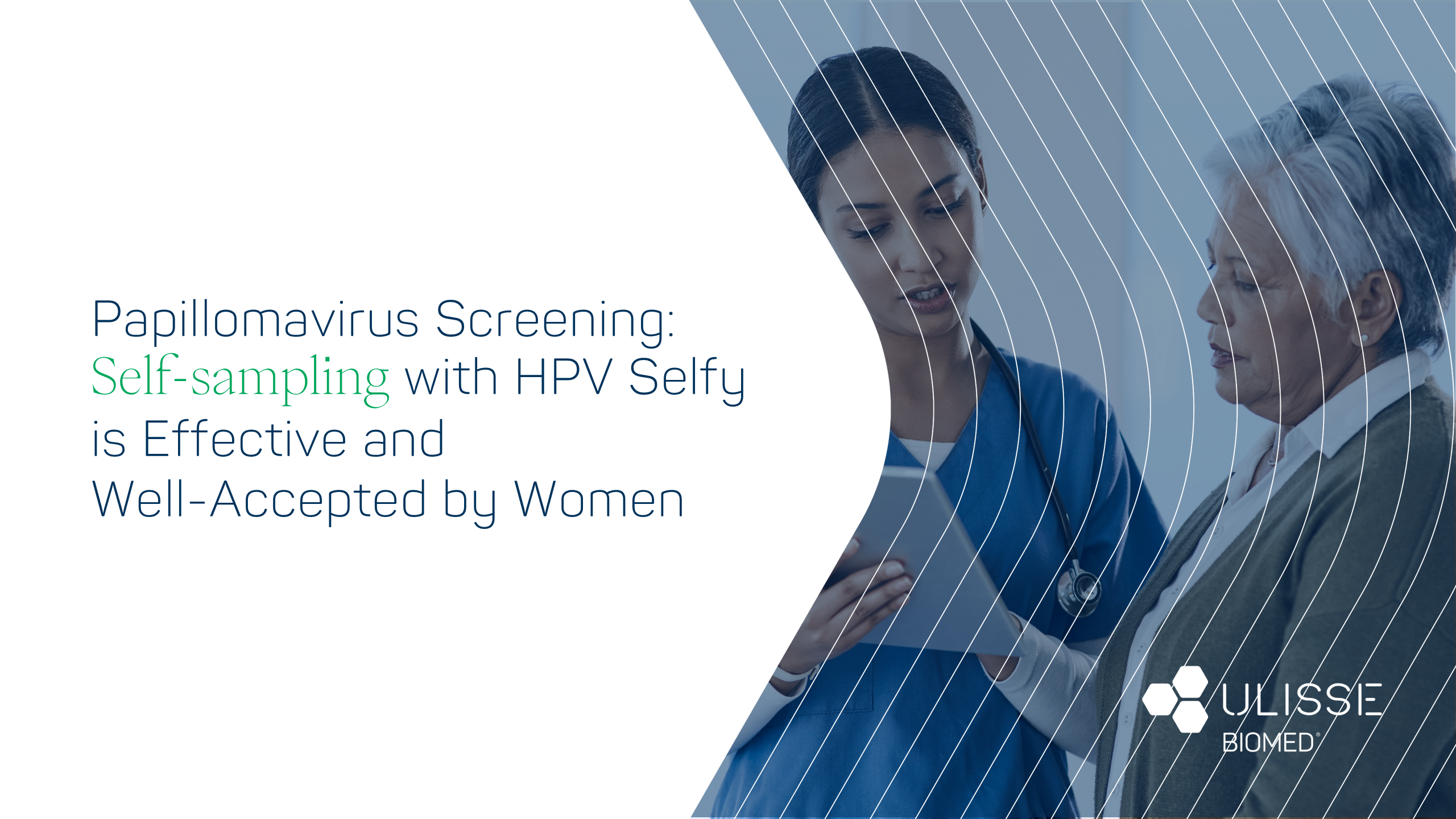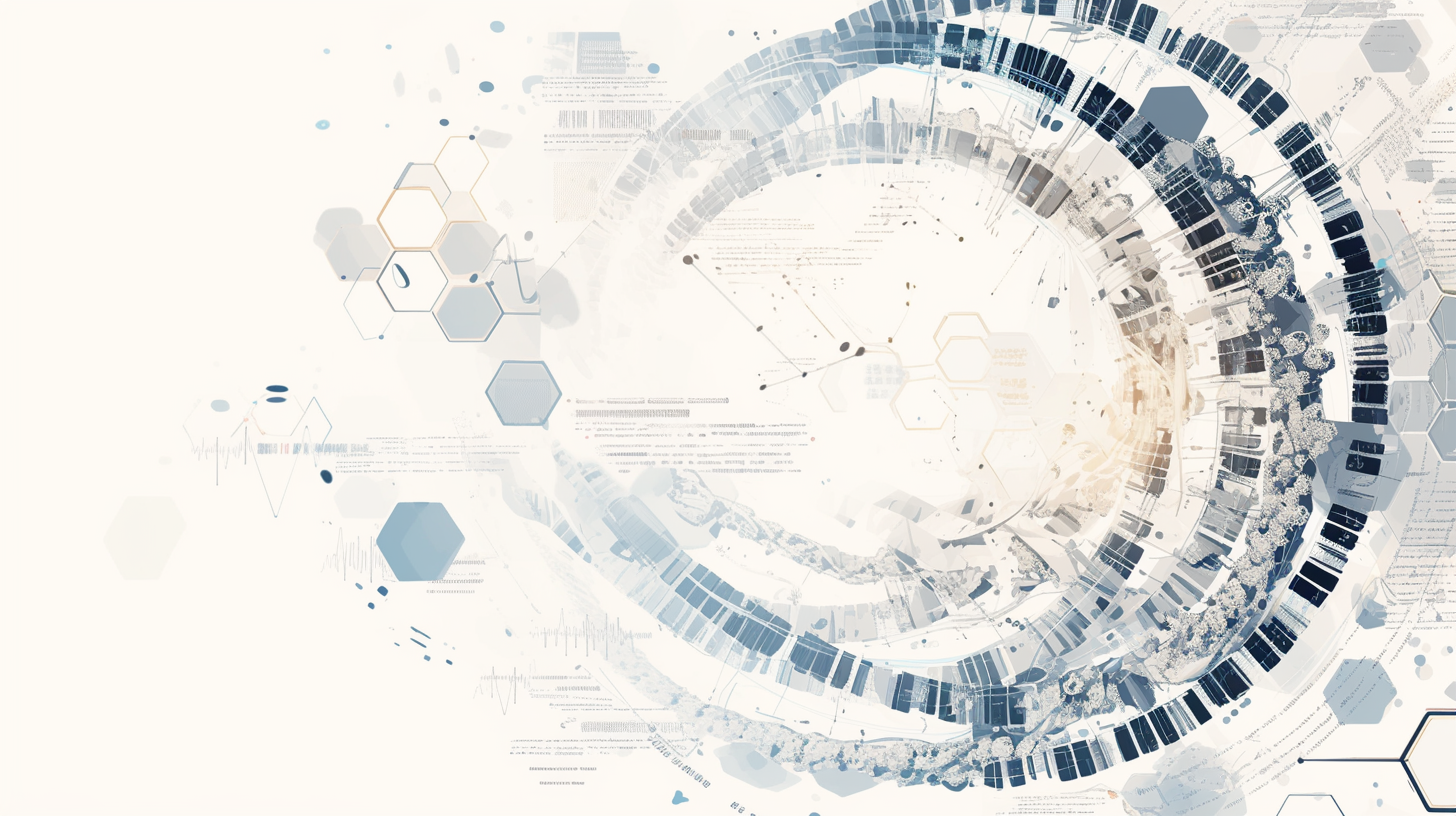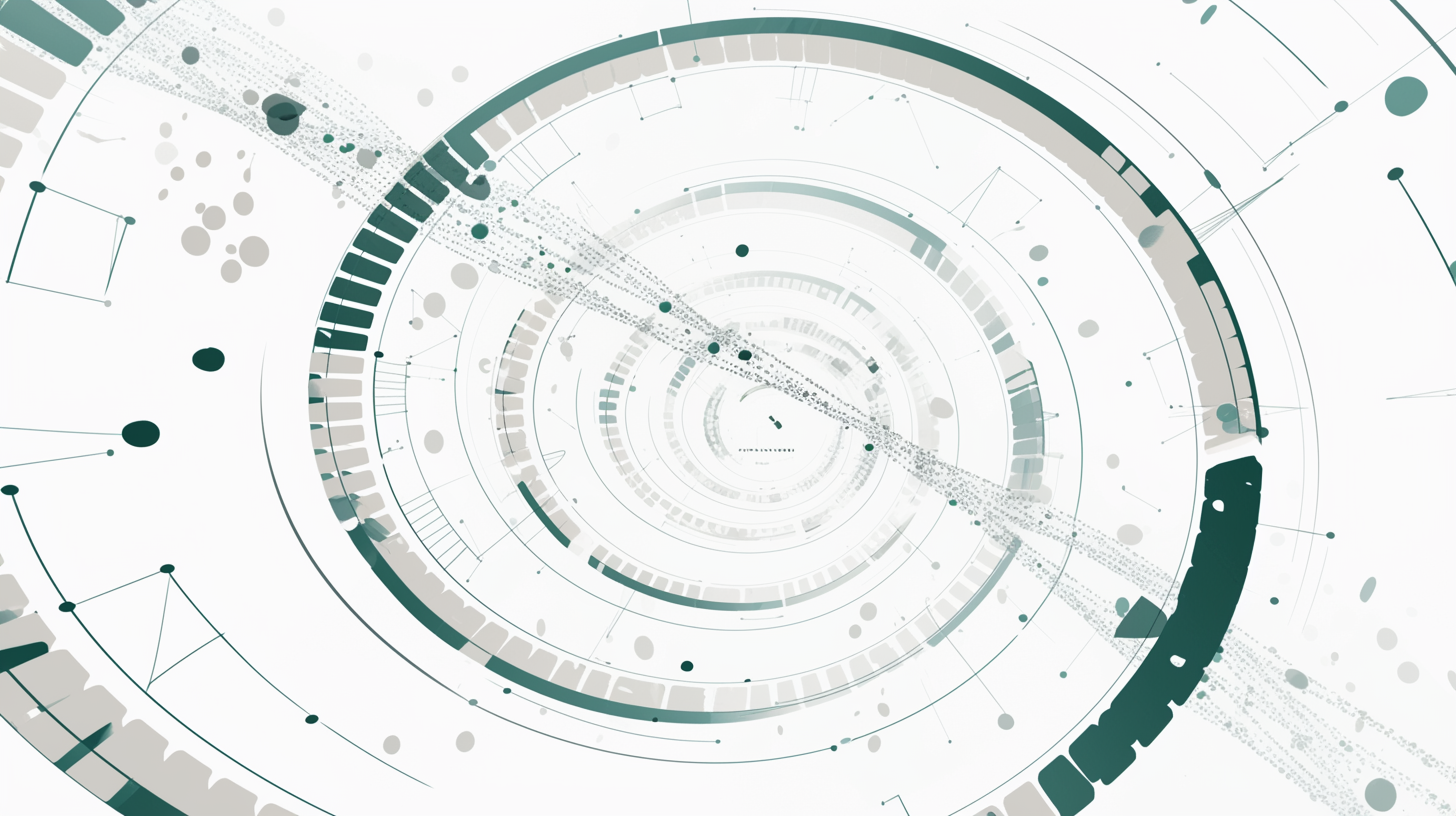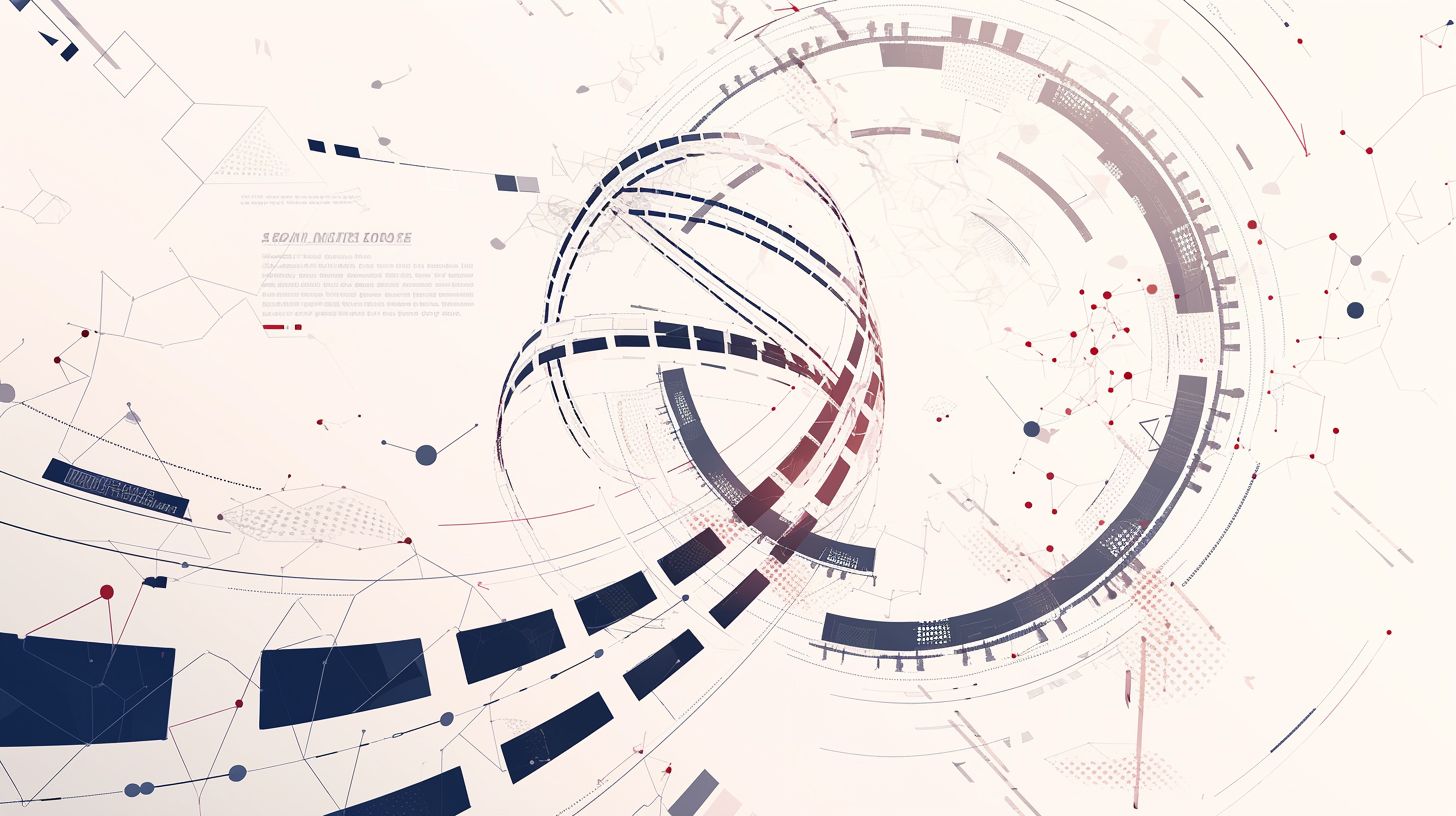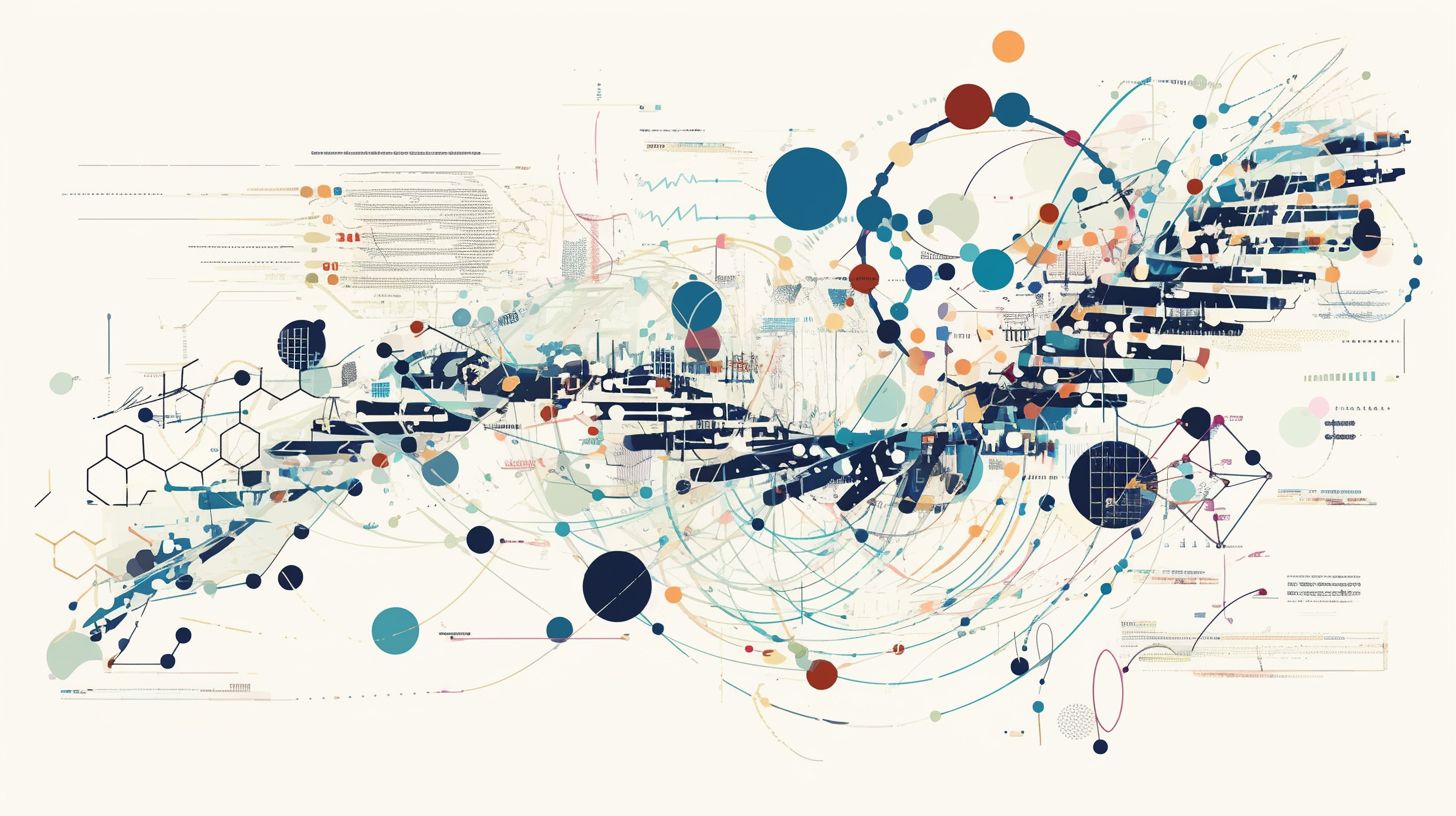Reading time [minutes]: 6
Biotech Innovation and Diagnostics
What is PCR - Basics of molecular biology
Un’introduzione chiara e aggiornata alla tecnica PCR: la base della diagnostica molecolare moderna
Abstract
Polymerase Chain Reaction (PCR) is the fundamental technique of molecular diagnostics, used to detect viruses, bacteria and genetic mutations. Invented in 1983, it continues to evolve through integration with artificial intelligence, ambient-stable reagents and portable instruments. The article explains how the PCR cycle works, its variants (End Point, Real Time, Multiplex), the most recent technological innovations, and the diagnostic workflow according to Ulysses Biomed's Hyris™ system. Content designed for those who really want to understand why PCR remains the gold standard 40 years after its discovery.
Snapshot
- DNA template: the target strand to be copied
- Primers: short sequences that trigger synthesis
- dNTP: the building blocks of new DNA (A, T, G, C)
- Taq polymerase: heat-resistant enzyme that copies DNA
- Ct (Cycle threshold): number of cycles required to exceed the fluorescence threshold in qPCR
Introduction
PCR (Polymerase Chain Reaction) is one of the most revolutionary techniques in the history of molecular biology. Invented by Kary B. Mullis in 1983, patented in 1985 and awarded a Nobel Prize in 1993, it made it possible to amplify specific DNA fragments into millions of copies in just a few hours [1]. Today, it is the reference technique in molecular diagnostics to identify viruses, bacteria and genetic mutations, from public health to personalised medicine. This article guides the reader through the fundamentals of PCR, explaining in an accessible way how it works and why it is still the basis for all innovations in the field, including portable testing and integration with artificial intelligence.
1. How PCR works: the thermal cycle
A PCR cycle consists of three main steps:
- Denaturation (94-95 °C): the DNA separates into its two single strands.
- Annealing (50-65 °C): short DNA sequences, called primers, bind to target sequences.
- Extension (72 °C): DNA polymerase (e.g. Taq) synthesises new complementary strands.
This cycle is repeated 35-45 times. Under ideal conditions, each cycle doubles the copy number of the target fragment, generating over one billion copies in less than an hour. The process takes place in instruments called thermal cyclers, which automatically adjust temperatures.
2. PCR variants: End Point, Real Time and Multiplex
PCR is not a single, unchanging technique: over time, it has evolved into several variants, each with specific applications and advantages. However, three main forms can be identified in clinical and laboratory practice: traditional PCR (or End Point), Real Time PCR (qPCR) and Multiplex PCR.
These three versions represent the operational foundations on which today's major molecular analyses are based.
- End Point PCR: detects the end product on an agarose gel, useful for checking the presence or absence of a target.
- Real Time PCR (qPCR): monitors the reaction in real time using fluorescent probes. The Ct value (Cycle threshold) indicates the amount of initial DNA [2].
- Multiplex qPCR: uses multiple primer/probe pairs labelled with different fluorophores to simultaneously detect different pathogens in the same sample [3].
3. Technological developments
When it comes to PCR technology, too, evolution has never stopped. In recent years, solutions have emerged that further improve its accuracy, speed and reliability, making this technique even more suitable for modern diagnostic needs. Below are some of the most relevant innovations:
| Variant | Advantage |
|---|---|
Hot Start PCR | Better specificity, fewer false positives [4]. |
Ambient-stable reagents | Storage at room temperature → simplified logistics |
Digital PCR | Absolute quantification, without standard curve |
AI-assisted qPCR | Algorithms for Ct curve analysis → anomaly detection [5]. |
4. The modern PCR workflow (with Hyris System™)
The Hyris System™ gives diagnostic laboratories and OEM partners access to a complete platform integrating portable instruments, dedicated reagents and AI-driven cloud services. The Ulysses Biomed catalogue already includes operational solutions for various clinical and industrial sectors, enabling rapid and reliable adoption of PCR technology.
- Sample preparation - DNA or RNA extraction (manual or automated).
- Reaction set-up - Reagent mix + sample in dedicated cartridge.
- Amplification - On bCUBE™, compact portable thermal cycler.
- Analisi - Tramite bAPP™, software cloud-based con AI integrata.
- Report - PDF XLS or CSV report.
Ulisse Biomed uses an integrated system certified to ISO 13485, ISO 27001, ISO 27017 and ISO 27018, with ambient-stable reagents and small, cloud-connected instruments, ideal for decentralised testing.
5. Clinical applications
The clinical applications of PCR cover an extremely broad spectrum of uses, which is constantly expanding. From oncological diagnostics to respiratory infections and sexually transmitted diseases, PCR technology is suitable for a variety of contexts and types of molecular targets. Thanks to its precision and versatility, it is used both in large hospital centres and in more peripheral facilities, even in point-of-care mode. Among the most consolidated areas of use are:
- HPV: Identifies up to 30 high- and low-risk phenotypes, supporting early diagnosis.
- STI (sexually transmitted infections): Simultaneous detection of Chlamydia, Gonorrhoea, Mycoplasma, Ureaplasma and Trichomonas
- Respiratory diseases: Multimplex testing for SARS-CoV-2, Influenza A/B, RSV A/B in <90 min [6].
6. Comparison with other technologies
PCR is not the only technology available for molecular diagnostics, but it is certainly one of the most reliable and versatile. Other techniques, such as LAMP and rapid antigenic tests, are used in different contexts, especially for their speed or ease of use. However, each has specific advantages and limitations in terms of sensitivity, specificity, necessary infrastructure and quantification capacity. Below is a summary comparison of the main technologies currently used.
| Aspect | PCR | LAMP | Antigen Test |
|---|---|---|---|
| Sensitivity | High | Medium | Low |
| Specificity | Very high | Medium | Variable |
| Multiplexing | Up to 8 targets | Limited | N/A |
| Quantitative | Yes | No | No |
| Total time | 60–120 min | 20–45 min | 15 min |
| Infrastructure | Thermocycler | Simple | None |
Bibliographic note: Comparative data on the sensitivity and specificity of diagnostic techniques are derived from studies published in peer-reviewed journals, including MDPI Diagnostics (doi.org/10.3390/diagnostics13061082), BMC Infectious Diseases (doi.org/10.1186/s12879-024-09574-9) and Clinical Microbiology Reviews.
Conclusion
Forty years after its inception, PCR continues to be the mainstay of molecular diagnostics. Its ability to evolve over time - incorporating innovations such as digitisation, miniaturisation and environmental stability of reagents - has made it an indispensable tool for many clinical fields. Looking to the future, PCR is expected to increasingly integrate data analysis by artificial intelligence, speeding up the reading of amplification curves and automatically identifying atypical patterns, weak signals or potential false positives. Integrating AI into operational workflows - as is done in the Hyris System™ platform - not only increases diagnostic reliability, but also simplifies the work of operators, enabling wider adoption in decentralised contexts. In parallel, the application portfolio is expected to expand, with new diagnostic panels dedicated to emerging diseases, early cancer screening, and predictive tests related to personalised medicine. PCR is no longer just a laboratory technique: it is a technology on the move, ready to redefine the standards of global molecular diagnostics.
Sources and bibliography
[1] https://www.nobelprize.org/prizes/chemistry/1993/mullis/lecture/
[2] https://doi.org/10.1016/j.mam.2005.12.007
[3] https://doi.org/10.1016/j.jmoldx.2023.01.008
[4] https://doi.org/10.1093/nar/20.7.1717
[5] https://doi.org/10.3390/microorganisms12061051
[6] https://ulissebiomed.com
[7] https://doi.org/10.3390/diagnostics13061082
[8] https://doi.org/10.1186/s12879-024-09574-9



